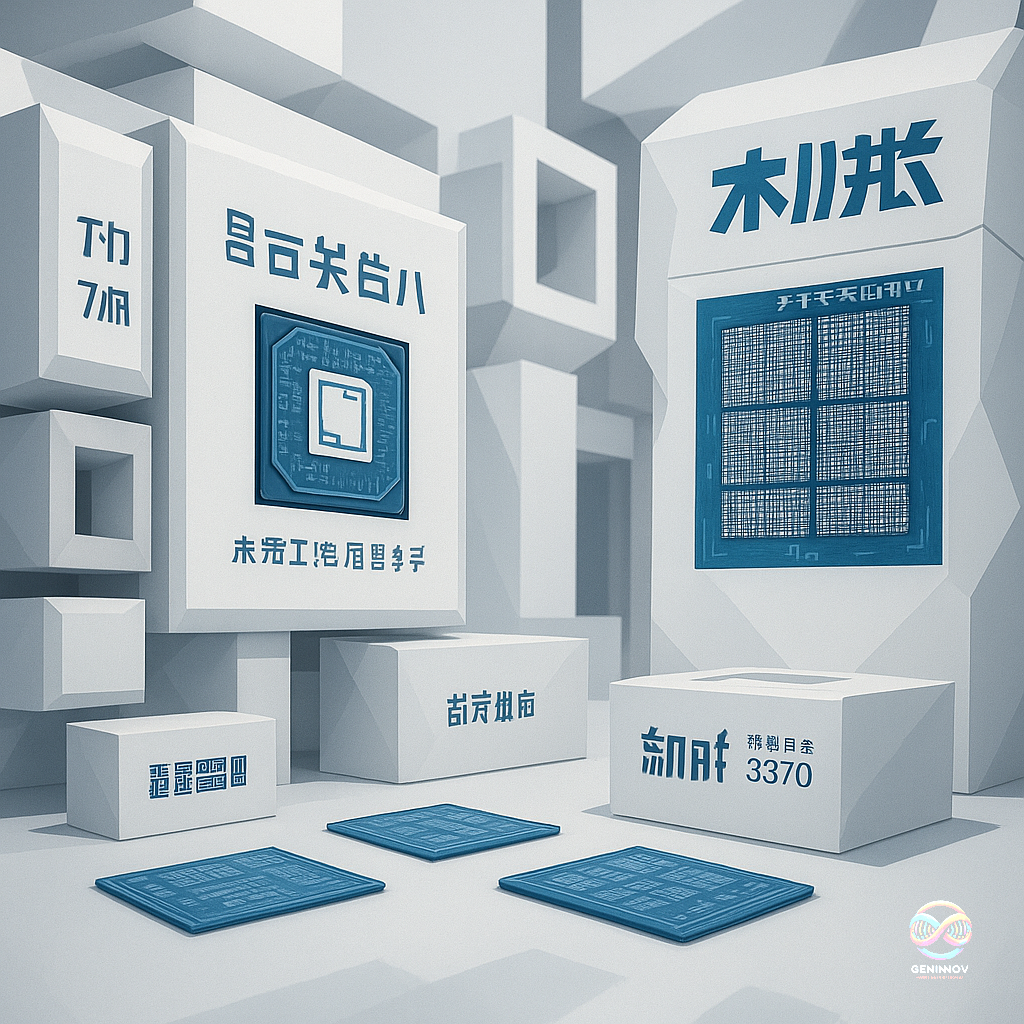The global economy, as we measure it, has undergone several significant transformations throughout history. Initially, our economic activity was solely focused on the primary sector, encompassing agriculture and the extraction of raw materials. Then came the Industrial Revolution, which birthed the secondary sectors of manufacturing and construction. As industrialization flourished, economists began to recognize the growing importance of services, leading to the inclusion of the tertiary sector in GDP calculations around the early 20th century.
While machines, from planes to those on the shop floors, have always contributed to GDP measurements, they may need their own segment as the historic sectoral definition of GDP is increasingly proving inadequate with machines creating, thinking, and operating autonomously.
Chatboxes are becoming passe as they make way for Agents that mark a significant step towards autonomous machine activities. These agents, powered by advanced AI models, are capable of independent action and decision-making to achieve specific goals without continuous human intervention.
Examples of agent actions already include autonomously building websites, planning complex travel itineraries with optimal routes and accommodations, and even managing personal finances. The agent capabilities are rapidly evolving, hinting at a future where they may soon coordinate logistics, manage projects, and conduct financial transactions independently.
This will also be another interim step with the real-life integration through sensors and robots. Scientific investigations are scaling surprising new heights, as detailed in our external articles of innovation, with the latest article discussing GenAI developing a synthetic Crispr molecule from scratch. GenAI claims include the development of millions of new materials and proteins. And all of these do not include rapid developments in robotics, including multiple factories creating production environments involving Cobots or Robots working together with humans.
These advancements suggest that machine-driven activities will contribute significantly to economic output in the coming decades. Estimates suggest this contribution could rise from its current negligible level to as much as 10-20% of GDP within the next two decades. The rise of the machine economy has far-reaching implications for investors, policymakers, and society as a whole. This not only necessitates the need for AI Ministers and corporate AI officers, but also calls for all budget and financial calculations to be revised to correctly evaluate man versus machine potentialities. The trends will surely require different types of analysis for those in financial markets, underscoring the need to understand and prepare for this new era.



